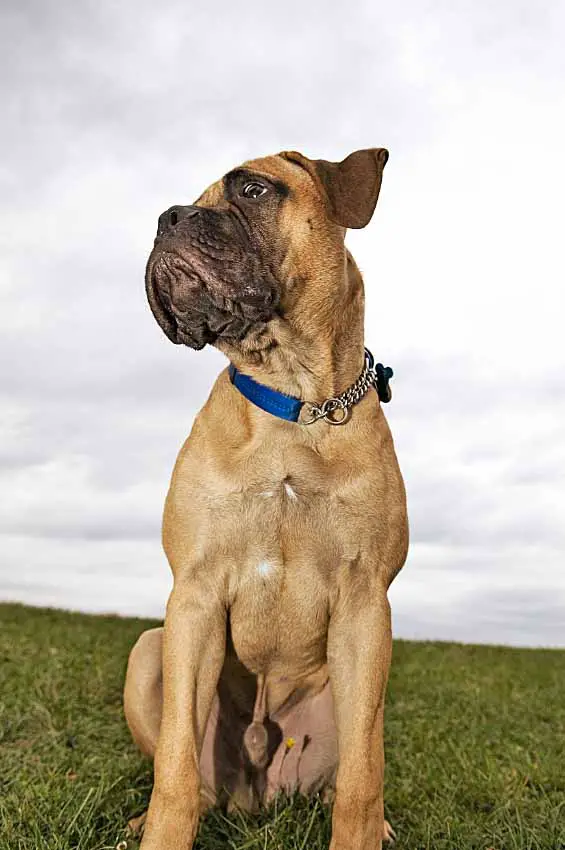By having easily identifiable sounds in the name, the puppy can differentiate his name from surrounding noise. utilize names with crisp, commanding consonants (“k” or hard “c”) like "cocoa." sibilant consonant or blends (“s,” “sh” or “zh”) in names like "shadow" also help dogs hear their names.. Repeat steps 1 to 4 every couple of hours for a few days. your puppy will soon learn his name means a treat and some praise and will learn to readily turn to you when you call his name. step 5: vary the training location. mix up the places where you teach your puppy its name.. Teach your dog its name. teach your dog its name so he knows to pay attention when you call. most people assume their dogs will know their name, and many dogs eventually do associate the sound of their name with the owner calling. but, if you spend just a little time, you can train your dog to respond to his name. it is very easy, fun and.
From the guide dogs of america handbook: teaching your puppy its name is important. use it every time you talk to him and with every command (except no and stay) . never associate the dog’s name with something negative. never scold the puppy after he comes to you, even if it has taken a while to respond.. Puppy stage: by 6 months. by this age, your growing puppy should be well-versed in several lessons. training goal #3: polite play. puppies who learn the lesson of polite play know when to stop. Training your puppy. taking care of a puppy is not easy. they nip, go to the bathroom in the house, and bark constantly. training your puppy can bring some order back into your household and set.

